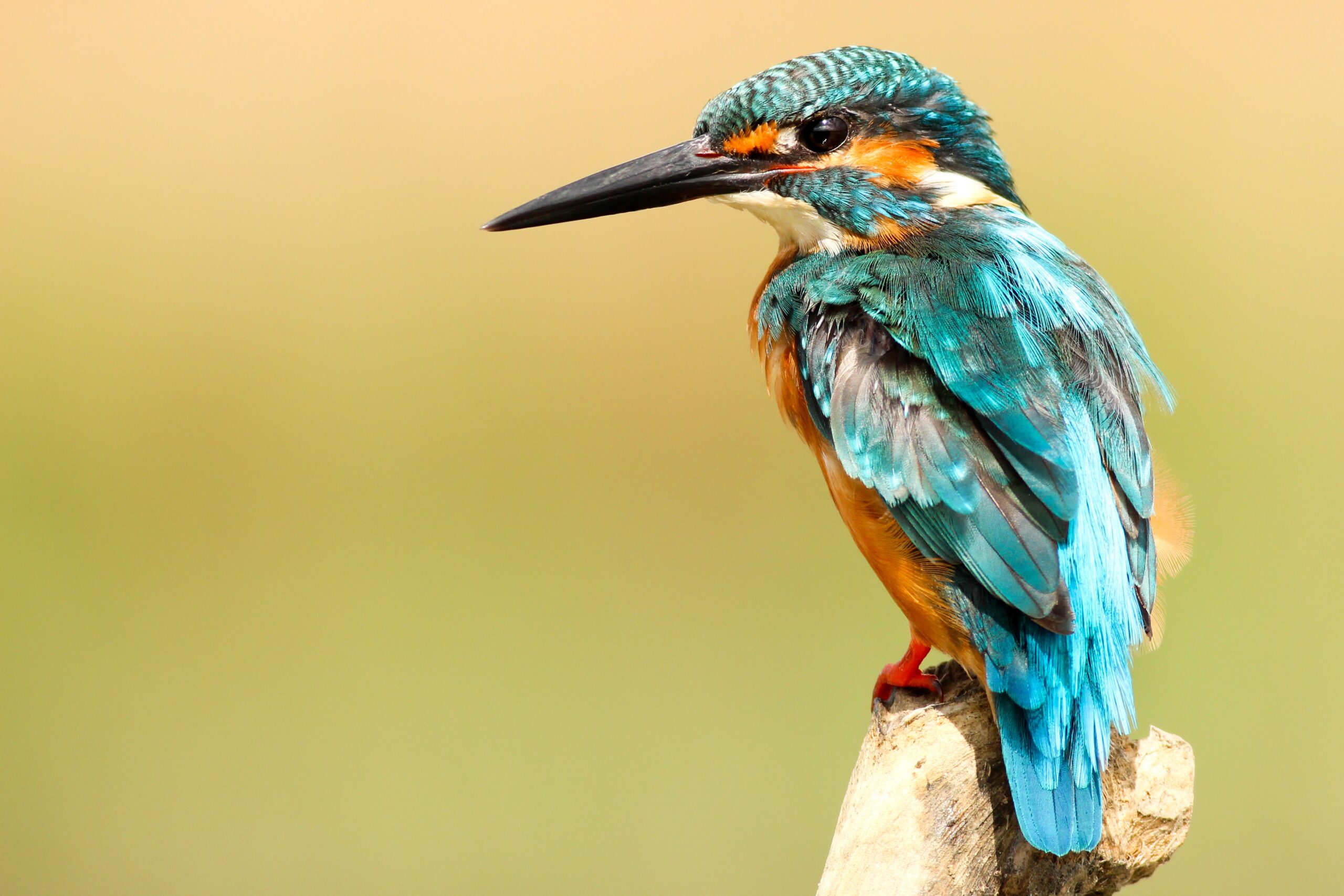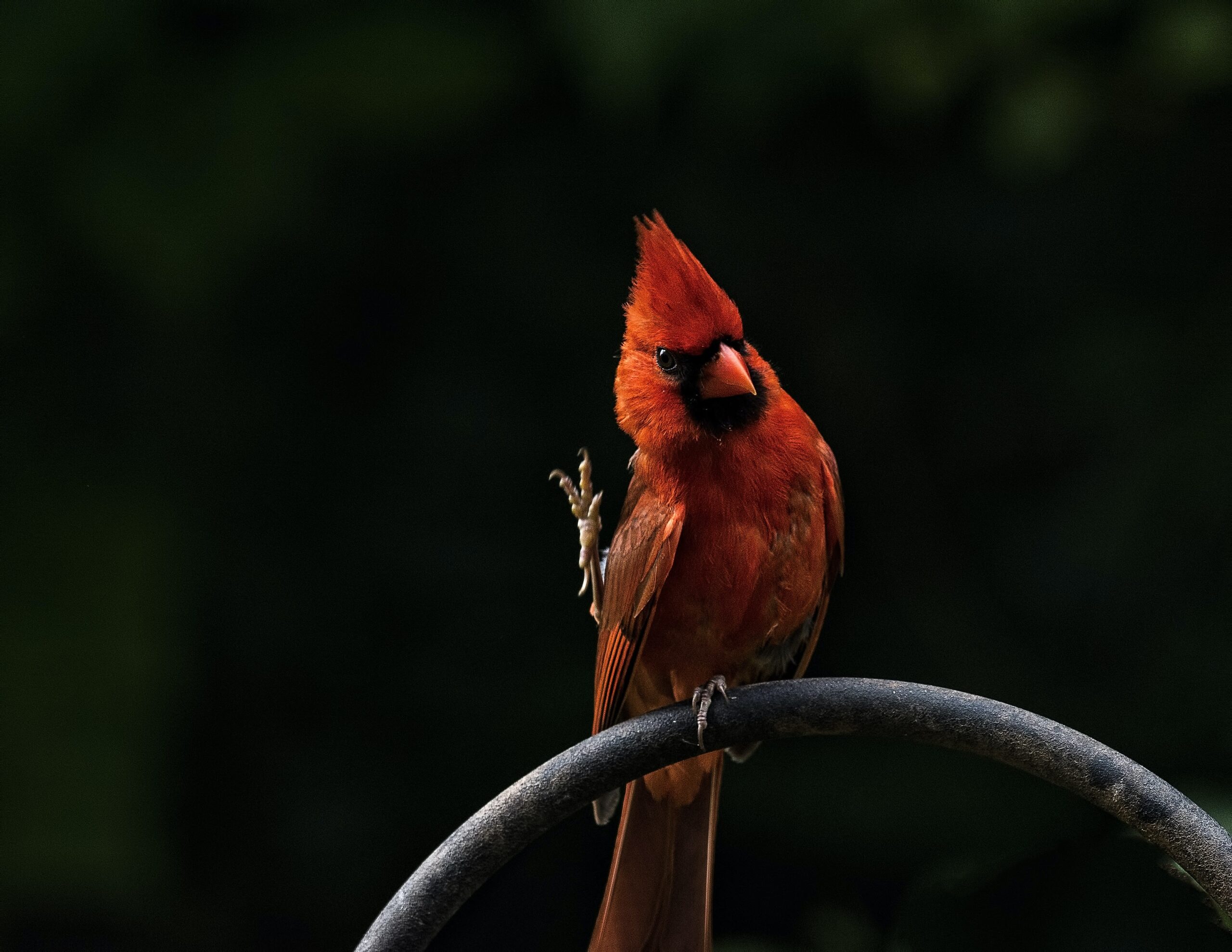Picture this: you’re out in the wilderness at dusk, the golden sun gradually disappearing behind the horizon, casting a mesmerizing glow on the landscape. As evening sets in, your eyes strain to make out the finer details of your surroundings. It’s in moments like these that the question arises: do spotting scopes have better low light performance than binoculars? In this article, we will explore the fascinating world of spotting scopes and binoculars, examining their capabilities in low light conditions, and discovering which one reigns supreme when it comes to illuminating the dimly lit wonders of nature. Get ready to unlock the secrets of the twilight hour!
Understanding Spotting Scopes
Definition of a Spotting Scope
A spotting scope is a type of monocular telescope used for observing distant objects or targets. It is designed with high magnification power and a larger objective lens compared to traditional binoculars. Spotting scopes are commonly used in various activities including bird watching, hunting, and surveillance. They allow for detailed observation over long distances, providing clear and enhanced images.
Working Principle of Spotting Scopes
Spotting scopes work on the same principles as telescopes and binoculars. They gather and amplify light through the objective lens, which is the larger lens at the front of the scope. The gathered light then goes through a series of lenses and prisms that act to magnify and correct the image. Spotting scopes also incorporate adjustable zoom capabilities, allowing users to adjust the magnification level.
Usage Scenarios for Spotting Scopes
Spotting scopes offer unique benefits in various scenarios. Bird watchers use them to observe birds up close and identify different species. Hunters utilize spotting scopes to scout for game and assess their surroundings from a distance. Target shooters and outdoor enthusiasts find spotting scopes useful for long-range shooting and nature observation. Nature photographers also rely on spotting scopes to capture detailed shots of wildlife without disturbing their natural behavior.
Understanding Binoculars
Definition of Binoculars
Binoculars are optical instruments consisting of two parallel telescopes that provide a magnified view of distant objects with depth perception. They are designed for comfortable use with both eyes and are commonly handheld. Binoculars come in a variety of sizes and configurations to accommodate different activities such as bird watching, stargazing, sports events, and general sightseeing.
How Binoculars Work
Binoculars work by combining the images from two separate optical paths, one for each eye. The objective lenses gather light and focus it onto the prisms located inside the binoculars. These prisms, typically roof prisms or Porro prisms, internally reflect and redirect the light to the eyepieces. The eyepieces then further magnify the image and bring it into focus for each eye, creating a stereoscopic view.
Usage Scenarios for Binoculars
Binoculars are versatile tools suitable for a wide range of activities. They are essential for bird watchers, allowing them to observe and identify birds from a distance. Astronomers use binoculars for stargazing and observing celestial objects. Sports enthusiasts rely on binoculars to get a closer look at events happening on the field or track. Binoculars are also popular among travelers, hikers, and concertgoers who want to enhance their overall visual experience.

Comparing the Specifications of Spotting Scopes and Binoculars
Size and Weight Comparisons
Spotting scopes are generally larger and heavier compared to binoculars due to their larger objective lenses and magnification capabilities. The added size and weight make spotting scopes more suitable for activities where stability and long-distance viewing are a priority. On the other hand, binoculars are smaller and lighter, making them more portable and convenient for casual use and when weight is a concern.
Lens Diameter Comparisons
Spotting scopes typically have larger objective lens diameters, ranging from 60mm to 100mm or more. This larger lens size allows for more light to enter the scope, resulting in brighter images, especially in low light conditions. Binoculars, on the other hand, generally have smaller lens diameters, usually ranging from 20mm to 50mm. While they are not as effective in low light situations as spotting scopes, they are still functional in favorable lighting conditions.
Field of View Comparisons
Spotting scopes typically have a narrower field of view compared to binoculars. This means that the area you can see through a spotting scope is smaller and more focused. However, spotting scopes offer higher magnification capabilities, allowing for more detailed observation of specific subjects or targets. Binoculars, on the other hand, have a wider field of view, making them more suitable for scanning large areas and tracking fast-moving objects.
Zoom Power Comparisons
Spotting scopes often come with adjustable zoom capabilities, allowing users to change the magnification level. This flexibility makes spotting scopes highly versatile in different scenarios, as users can zoom in for close-up views or zoom out for a wider field of view. Binoculars typically do not have zoom capabilities, but some models offer fixed magnification levels that cater to specific activities. This makes binoculars more straightforward to use and eliminates the need for adjusting the zoom.
Determining Low Light Performance
How Low Light Performance is Measured
Low light performance is a key factor in determining the effectiveness of optical instruments like spotting scopes and binoculars. It is measured using parameters such as the exit pupil diameter and twilight factor. The exit pupil diameter refers to the size of the beam of light that enters the eye and is calculated by dividing the objective lens diameter by the magnification level. The twilight factor takes into account the magnification level and the objective lens diameter to provide an overall assessment of the instrument’s low light capabilities.
Importance of Low Light Performance
Low light performance is crucial in scenarios where lighting conditions are less than ideal, such as during dusk, dawn, or in heavily shaded areas. In such situations, the ability of the spotting scope or binoculars to gather and transmit as much light as possible becomes essential for achieving clear and detailed images. Better low light performance allows users to observe and identify subjects more effectively, even when light levels are low.
Factors Affecting Low Light Performance
Several factors can affect the low light performance of spotting scopes and binoculars. The size of the objective lens plays a significant role, as larger objective lenses gather more light. The quality of the lenses and coatings also influences light transmission and image clarity. Additionally, the magnification level and overall optical design of the instrument impact low light performance. It is important to consider these factors when selecting the right instrument for low light conditions.

Spotting Scope Low Light Performance
Characteristics that Enhance Low Light Performance
Spotting scopes with excellent low light performance often have larger objective lenses, ranging from 70mm to 100mm or more. This allows for greater light gathering capabilities, resulting in brighter images, especially in dim lighting conditions. High-quality lenses and advanced coatings also play a crucial role in enhancing low light performance by maximizing light transmission and reducing reflections. Additionally, spotting scopes with larger exit pupil diameters and higher twilight factors tend to perform better in low light scenarios.
Specific Examples of Spotting Scopes with Excellent Low Light Performance
Some spotting scopes known for their exceptional low light performance include the Swarovski ATS/STS series, Leica APO-Televid series, and Vortex Razor HD series. These spotting scopes feature large objective lenses, high-quality optics, and advanced lens coatings that ensure optimal light transmission and image clarity in challenging lighting conditions. Their superior low light performance makes them popular choices among enthusiasts and professionals alike.
Potential Drawbacks of Spotting Scopes in Low Light Conditions
While spotting scopes excel in low light conditions, there are a few potential drawbacks to consider. Their larger size and weight may make them less portable and more cumbersome to carry on extended outings. Additionally, the higher magnification levels of spotting scopes can sometimes amplify the effects of atmospheric conditions, such as heat waves or air distortion, leading to slightly reduced image quality. However, these drawbacks are often outweighed by the benefits of enhanced low light performance.
Binocular Low Light Performance
Characteristics that Enhance Low Light Performance
Binoculars with excellent low light performance often have larger objective lenses, typically ranging from 40mm to 50mm. These larger lenses allow for more light to enter the instrument, enhancing overall brightness and image quality in low light conditions. High-quality optics, including lenses with special coatings, further maximize light transmission and reduce reflections. Binoculars with larger exit pupil diameters and higher twilight factors also tend to perform better in low light scenarios.
Specific Examples of Binoculars with Excellent Low Light Performance
Some binoculars known for their exceptional low light performance include the Zeiss Victory SF series, Nikon Monarch HG series, and Swarovski EL series. These binoculars feature large objective lenses, premium optics, and advanced coatings that ensure optimal light transmission and image clarity even in challenging lighting conditions. Their superior low light performance makes them popular choices among avid bird watchers, astronomers, and outdoor enthusiasts.
Potential Drawbacks of Binoculars in Low Light Conditions
While binoculars can perform well in low light conditions, there are a few potential drawbacks to consider. Their smaller objective lenses compared to spotting scopes may limit the amount of light they can gather, resulting in relatively darker images. The fixed magnification levels of binoculars also mean they offer less flexibility compared to spotting scopes with adjustable zoom capabilities. However, binoculars provide excellent portability and ease of use, making them a convenient choice for various low light activities.

Head-to-Head Comparison of Spotting Scopes and Binoculars in Low Light Conditions
Field Tests and Results
Several field tests have been conducted to compare the low light performance of spotting scopes and binoculars. These tests involve evaluating the instruments’ ability to provide clear and detailed images in various low light scenarios. Results have shown that both spotting scopes and binoculars can deliver impressive performance in low light conditions when equipped with larger objective lenses and high-quality optics. However, spotting scopes often have a slight edge due to their larger objective lenses and adjustable zoom capabilities.
User Experiences and Opinions
Users of both spotting scopes and binoculars have provided valuable insights into their low light performance. Many have praised the ability of spotting scopes to gather more light and provide brighter images, making them ideal for low light conditions. Binocular users, on the other hand, appreciate the portability and ease of use offered by their instruments in various lighting situations. Ultimately, user experiences and opinions may vary depending on individual preferences and specific needs.
Professional Analyses and Reviews
Experts and professionals in the field have conducted thorough analyses and reviews comparing the low light capabilities of spotting scopes and binoculars. Their assessments take into account objective measurements, such as exit pupil diameter and twilight factor, as well as subjective evaluations of image quality in low light conditions. While spotting scopes tend to have an advantage in terms of light gathering capabilities, both instruments have proven to be reliable options for low light observation when chosen appropriately.
Other Factors to Consider When Choosing Between Spotting Scopes and Binoculars
Cost Considerations
Cost is an important factor to consider when deciding between spotting scopes and binoculars. Spotting scopes, especially those with larger objective lenses and advanced features, tend to be more expensive compared to binoculars. This price difference is primarily due to the higher quality optics and construction required to achieve optimal performance at higher magnifications. Binoculars, on the other hand, offer a more affordable option without compromising on overall quality and functionality.
Intended Purpose and Environment
The purpose for which you intend to use the optical instrument and the environment in which it will be used should also be taken into account. Spotting scopes are perfect for long-distance observation and activities that require high magnification and detailed imaging, such as bird watching and long-range shooting. Binoculars, with their portability and wide field of view, are better suited for activities that involve tracking fast-moving objects or scanning large areas, such as wildlife viewing and sporting events.
Personal Preferences and Comfort
Personal preferences and comfort play a significant role in selecting the right instrument. Some individuals may prefer the stability and versatility of spotting scopes, while others may appreciate the ease of use and portability of binoculars. Consider factors such as size and weight, ergonomics, and individual comfort when making your decision. Handling the instruments firsthand and testing them in various scenarios can help determine which one feels more comfortable and natural for your specific needs.
Understanding the Impact of Technology on Low Light Performance
Recent Technological Advances
Advancements in technology have played a crucial role in improving the low light performance of both spotting scopes and binoculars. These advancements include the development of better lens coatings that reduce reflections and increase light transmission, as well as the use of high-quality glass materials for superior optical clarity. Additionally, the integration of image stabilization technology in some models has greatly enhanced stability and image quality, especially in low light situations.
How Technology is Improving Low Light Performance
Technology has enabled the creation of more efficient and effective optical designs, resulting in improved low light performance. The use of advanced lens coatings, such as anti-reflective coatings and phase correction coatings, minimizes light loss and enhances image contrast in dim lighting conditions. The incorporation of high-quality glass materials and precision engineering ensures minimal distortion and maximum light transmission throughout the optical system. These technological advancements have significantly elevated the capabilities of spotting scopes and binoculars in low light scenarios.
Future Expectations for Low Light Performance
As technology continues to evolve, it is likely that spotting scopes and binoculars will continue to improve their low light performance. Advancements in lens coatings, glass materials, and optical design will push the boundaries even further, allowing for brighter, clearer, and more detailed images in low light conditions. Additionally, the integration of artificial intelligence and image processing algorithms may further enhance the instruments’ ability to compensate for challenging lighting situations. The future holds promising prospects for even better low light performance in both spotting scopes and binoculars.
Making the Final Decision: Spotting Scopes versus Binoculars
Weighing the Pros and Cons
When making the final decision between spotting scopes and binoculars, it’s important to weigh the pros and cons of each. Spotting scopes offer higher magnification, larger objective lenses, and adjustable zoom capabilities, providing excellent performance in low light conditions. However, they may be larger, heavier, and more expensive compared to binoculars. On the other hand, binoculars are more portable, easier to use, and generally more affordable, but they may not provide the same level of low light performance as spotting scopes.
Taking your Individual Needs into Account
To determine the right instrument for you, consider your individual needs and preferences. Think about the activities you plan to engage in, the lighting conditions you will encounter, and the level of detail and magnification required. If you prioritize high magnification, detailed imaging, and have specific low light needs, a spotting scope may be the better choice for you. If portability, ease of use, and versatility are more important, a pair of binoculars may be the ideal option.
Recommended Products Based on Low Light Performance
Based on their exceptional low light performance, some recommended spotting scopes include the Swarovski ATS/STS series, Leica APO-Televid series, and Vortex Razor HD series. For binoculars, the Zeiss Victory SF series, Nikon Monarch HG series, and Swarovski EL series are highly regarded for their low light capabilities. These products have consistently received positive reviews and recognition for their ability to deliver clear and bright images even in challenging lighting conditions.
In conclusion, the decision between spotting scopes and binoculars ultimately depends on your specific needs, preferences, and budget. Both instruments offer unique advantages and excel in different situations. By understanding their characteristics, low light performance, and technological advancements, you can make an informed decision and select the right optical instrument to enhance your viewing experience, whether it be birding, hunting, stargazing, or any other outdoor activity.

